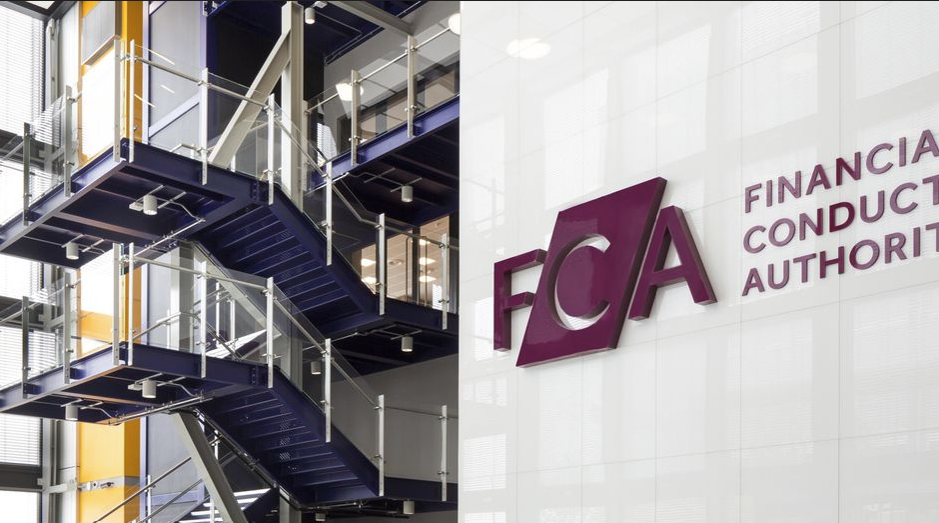In June, the Law Society published its first slavery and human trafficking statement under the requirements of Section 54 of the Modern Slavery Act. This emphasises its call for the legal industry to be at the forefront of the fight against modern slavery. Overall, 87 law firms have published their own modern slavery statements – a good proportion of the medium to large firms that are legally required to.
Of course, while many law firms are publishing their own statements, a key part of a law firm’s work on modern slavery is to advise their clients on fulfilling their legal responsibilities. The Modern Slavery Act doesn’t require much more than the publication of a slavery and human trafficking statement, but how to prepare it, and best practice in doing so, is up to the individual relationship between lawyer and client.
How has the Law Society tackled this problem?
The Law Society set out their statement in three key parts, offering a good guide for those firms still grappling with setting out their priorities for addressing modern slavery in their supply chains.
Review strategic supplier base
The Law Society divided each of their businesses within the group and established who are the strategic supplier base, i.e. the top 30 suppliers by spend, which includes around ⅔ of procurement expenditure. Each strategic supplier provided evidence of its policies and actions on slavery and human trafficking, and what they were doing to mitigate the risks of such things occurring in their supply chain.
Embed modern slavery criteria into supplier evaluation
The Law Society developed a supplier selection process so that slavery and human trafficking criteria are used during the evaluation process of companies applying to tender. This gives a head start when reviewing and auditing supply chains to already have evidence on file of a supplier’s compliance and to make it part of the procurement process helps to significantly mitigate the risk.
Embed criteria in which suppliers it promotes to the profession
The Law Society has gone on to use the same criteria into the process used for evaluating potential commercial suppliers that it endorses to the solicitor’s profession, including corporate partners and those who sponsor events.
In summary, the three-step process is an excellent model for law firms to adopt.
- Understand and review the top number of suppliers across your business
- Embed modern slavery criteria in the procurement process
- Only promote and endorse services that have strong modern slavery processes
One additional key element that needs to be central to any modern slavery strategy is training. Every staff member needs to have buy-in to company policy and action on modern slavery, whether that’s reviewing internal processes or advising clients on their own requirements. Clients will often look to their solicitors to give advice on complex supply chains, and law firms must be up to the task of giving that support.
The VinciWorks modern slavery training suite

VinciWorks has created a suite of modern slavery training and compliance materials to assist all types and size of business to comply with their legal obligations and help them to identify and end modern slavery.
These resources include:
Modern Slavery Act: Preventing Exploitation
Modern Slavery: Practical Steps for Procurement
Modern Slavery: Raise your Awareness
Section 54 Template Statement sample
Modern slavery whistle blowing policy
Modern Slavery Act Guide to Compliance
For more, see our guide Modern Slavery: Who needs to train on what?













